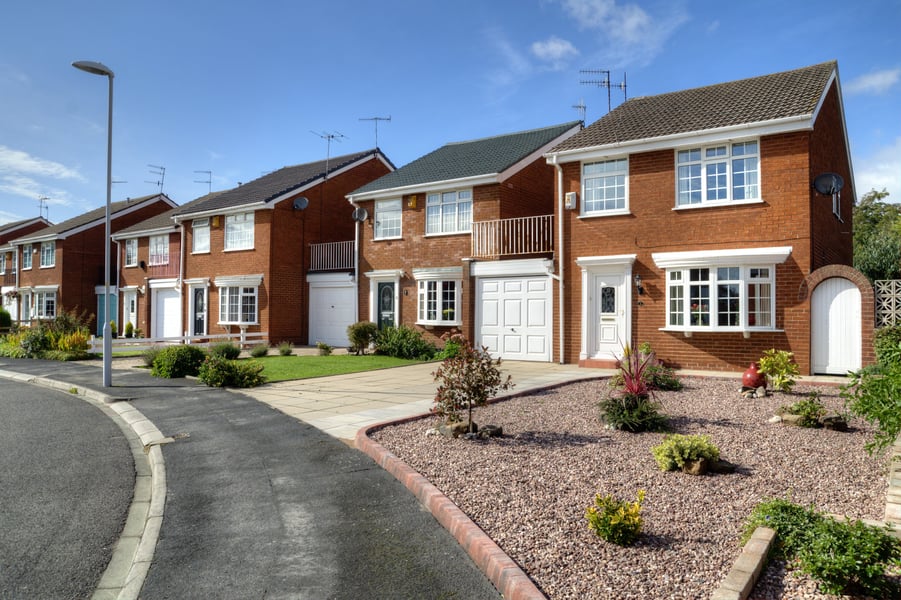There were 217,350 housing additions from 1 April 2016 to 31 March 2017, a 15% increase from the year before but 2.8% below levels in 2007/8.

The amount of new housing stock being created has increased in the past year – but still lags behind pre-crisis levels, figures from the Department for Communities and Local Government reveal.
There were 217,350 housing additions from 1 April 2016 to 31 March 2017, a 15% increase from the year before but 2.8% below levels in 2007/8.
Of that number there were 183,570 new builds, a 12% increase from the year before.
Most commentators are encouraged by the news.
Craig Hall, new build manager at Legal & General Mortgage Club, said:“This news is certainly a step in the right direction.
“With the Autumn Budget just under a week away and housing set to be a key focus, we hope the government will introduce a variety of reforms to boost housing, includingmore funding for the supply sideand an injection of urgency into the planning system.
“Although Help to Buy has enabled thousands onto the property ladder, particularly first-time buyers, we need to see an extension of the scheme beyond 2021, as developers are already setting out their long-term plans.
“The government has expressed they are keen to embrace modern methods of construction, due to improved efficiency in both speed and precision.
“Couple this with the potential impact Brexit could have on the availability of skilled labour in the UK, an update on the Housing White Paper’s proposal for a single accreditation scheme for MMCs needs to be considered.”
Neil Knight, Spicerhaart Part Exchange and Assisted Move business development director, said: “The latest housing supply figures are encouraging.
“The net additional figure may still be below the peak in 2007-08, but it is the second highest in 25 years, and up 15% on last year.
“There were of course a few contributing factors to the increase in new build, including government schemes such as help-to-buy and the relaxation in planning regulations.
“New build has become more popular across the board, not just for first-time-buyers and second steppers, but also for the older generation downsizing.
“Schemes like part exchange have also made new build more attractive because it makes the process much quicker and in many cases less stressful and less expensive."
There were 37,189 gains from change of use and 5,680 conversions from houses to flats – with the latter such conversions have become far more common due to changes to permitted development rights making it possible to avoid full planning applications.
Nathan Ellis-Calcott, director of broker Thistle Finance, said: "One of the main reasons for the growth in new homes is the improved availability of finance for developers.
"There has been an influx of new lenders and challenger banks into the development sector over the past two to three years. This has brought rates down and offered greater choice to developers, both large and small.
"While some banks will only lend to established developers, a growing number of lenders are accommodating first time developers, or those with less of a track record. Yes, the rates will be higher but the finance is at least available.
"We have a long way to go in solving the entrenched housing crisis but for now the borrowing environment for developers is fairly healthy."
Neil Knight added: “The government is well aware of the need to build more housing; Theresa May is making it a personal mission to build more homes, more quickly and Sajid Javid is determined to ensure we don’t create a ‘rootless generation’.
“How this will all manifest itself is difficult to predict, but the signs are good. If the elements of the housing white paper, that have not yet been implemented, all come into force it should be another good year with further increases in house building across the country.”



